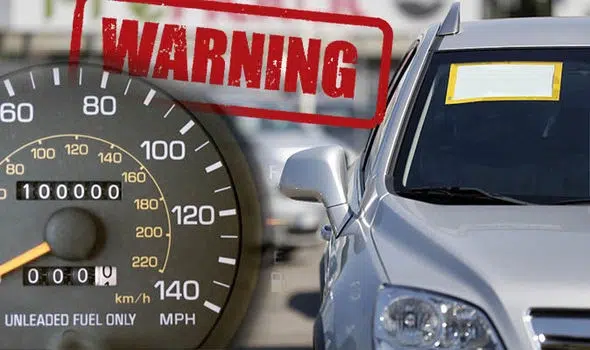How to Resolve Mileage Discrepancy
When it comes to buying or selling a vehicle, accurate mileage is crucial. A discrepancy in mileage can not only affect the value of the vehicle but also raise concerns about its history and condition. If you find yourself dealing with a mileage discrepancy, don’t panic. In this guide, we’ll walk you through the steps to resolve this issue effectively.
Step 1: Verify the Discrepancy
Before taking any action, it’s essential to confirm that there is indeed a mileage discrepancy. Start by checking the vehicle’s odometer reading and compare it with any available documentation, such as service records, previous sales listings, or inspection reports. Sometimes, a simple error in recording or reading the mileage can create a false impression of a discrepancy.
Step 2: Contact the Seller or Previous Owner
If you’ve purchased the vehicle and discovered a mileage discrepancy, your first step should be to contact the seller or the previous owner (if applicable). Politely discuss the issue and share your findings. In some cases, it could be an innocent mistake, and the seller may be willing to help resolve the problem.


Step 3: Review Maintenance Records
Examine the vehicle’s maintenance records, as they often include mileage readings from various service visits. Look for any patterns or inconsistencies in the recorded mileage. If you notice multiple entries with conflicting mileage figures, it can be an indication of tampering or errors in record-keeping.
Step 4: Consider Vehicle History Reports
Vehicle history reports, such as Carfax or AutoCheck, can provide valuable information about a vehicle’s past. These reports may include mileage data from previous owners, service centers, and inspections. Reviewing these reports can help you cross-reference the recorded mileage and identify any irregularities.


Leave a Reply